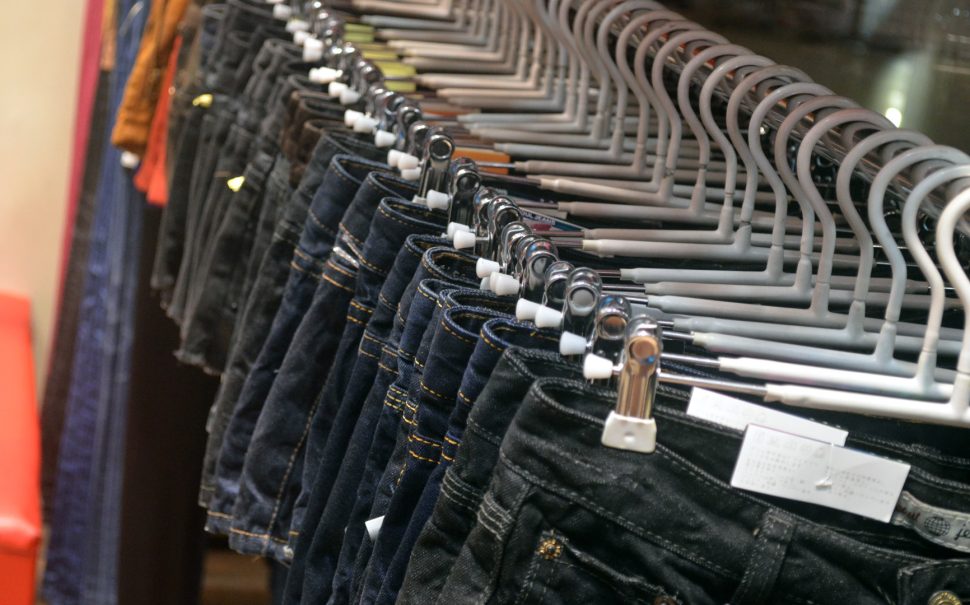ONS data showed a slight increase in retail sales in November despite economists expecting higher growth – although Black Friday was not included in the measurement period.
The 0.2% increase in retail sales volumes in the run-up to Christmas includes money spent in shops, supermarkets, in petrol stations and online.
ONS senior statistician Hannah Finselbach said: “For the first time in three months there was a boost for food store sales, particularly supermarkets.
“Clothing store sales dipped sharply once again, as retailers reported tough trading conditions.”
In October, sales volumes fell by 0.7%, mostly due to a considerable fall in sales of clothing.
It is possible that shoppers were delaying purchases until Black Friday, which will be included in the ONS’s December release.
Lisa Hooker, leader of industry for consumer markets at PWC, said: “These numbers should be interpreted with caution, as the reporting period this year ends one week prior to Black Friday, and includes the disruption caused by snow and Storm Bert.”
However, several Black Friday sales started well in advance of the official day.
Hooker said: “The all-important final weeks in the run-up to Christmas are also looking rosier for the retail sector, with signs of consumer confidence settling post-Budget, and higher disposable income compared with last year.”
PWC’s forecast suggests that spending over the festive season will increase by 5% this year, noting that UK consumers have a ‘well-established habit of spending more than they initially plan’ during the Christmas season.
Despite a year-on-year increase of 0.5%, retail sales volumes remain firmly below pre-Covid levels.
According to a House of Commons briefing, the UK retail sector has been undergoing a ‘prolonged period of upheaval’ – the Centre for Retail Research have described the industry as undergoing a “permacrisis” since the 2008 financial crash.
Image courtesy of Peter Griffin, CC0, via Wikimedia Commons




